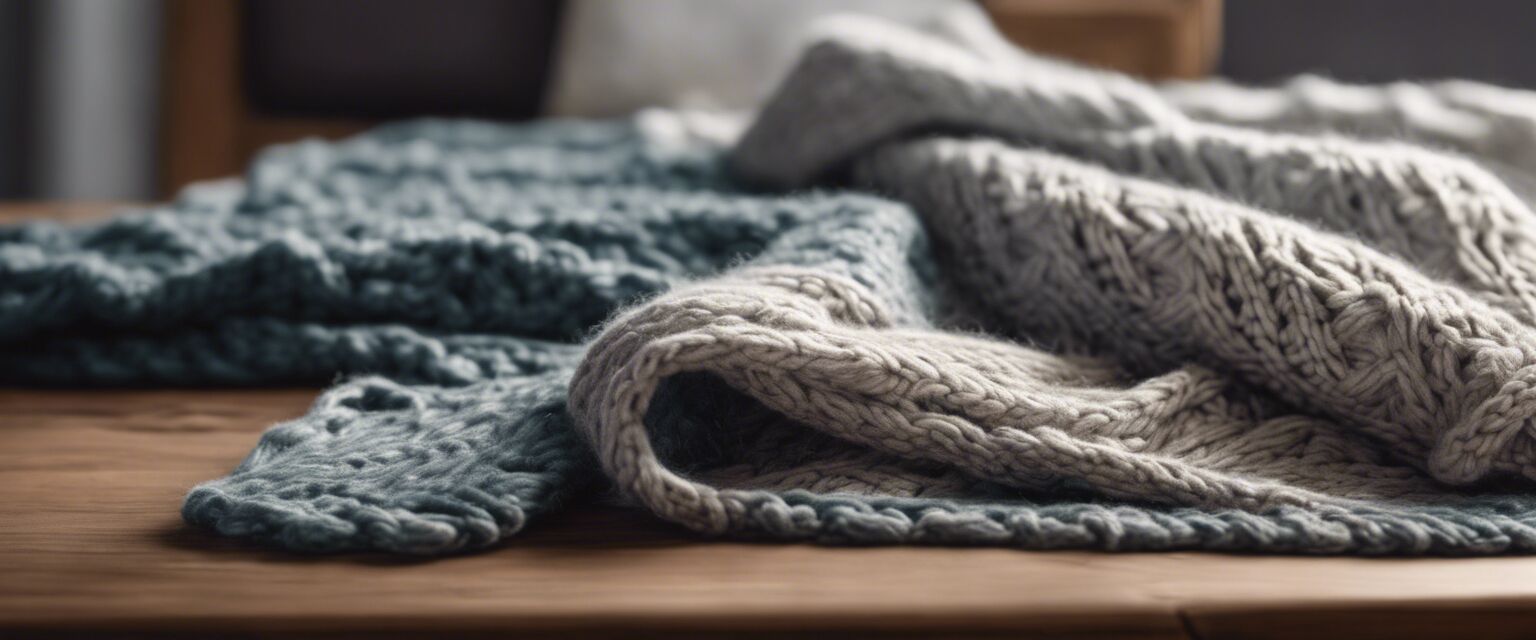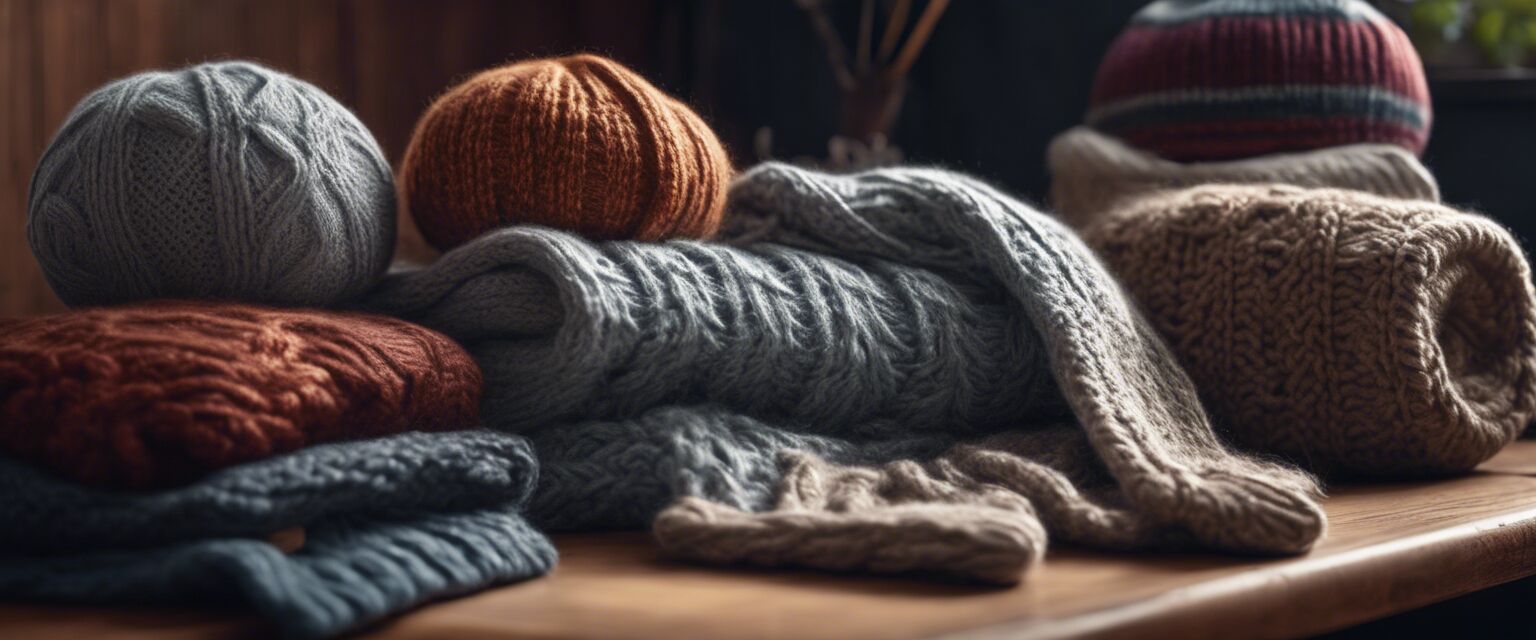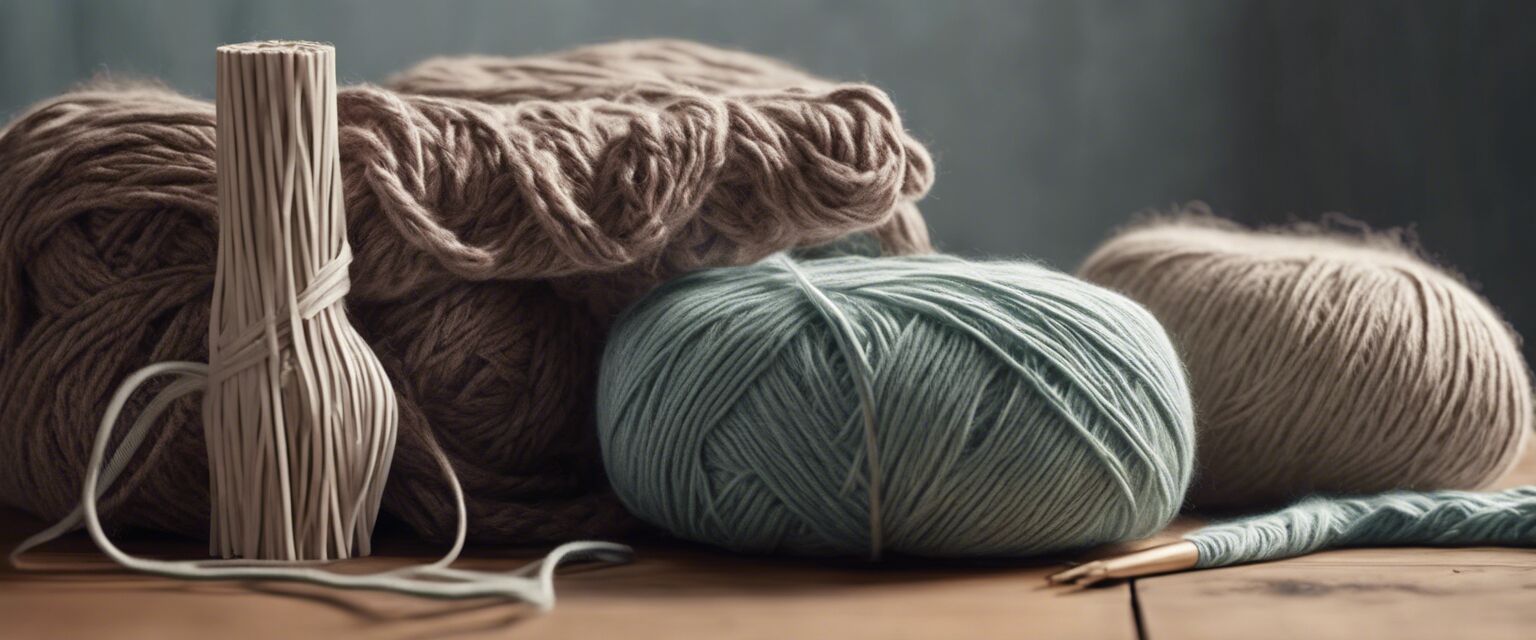
Beginnerâs Guide to Knitting
Key Takeaways
- Understand the basic tools required for knitting.
- Learn essential stitches and techniques.
- Find simple projects to grow your skills.
- Explore various types of yarn and their uses.
- Create a knitting schedule to master your skills.
Knitting is more than just a creative hobby; it's a fulfilling activity that allows you to create beautiful pieces with your own hands. Whether you want to knit a cozy scarf or a stylish sweater, this comprehensive guide will provide you with the foundational knowledge you need as a beginner.
Essential Knitting Tools
| Tool | Description |
|---|---|
| Knitting Needles | Available in various sizes and materials, these are used to hold the stitches. |
| Yarn | The main material for creating your project, available in various fibers and thicknesses. |
| Scissors | Essential for cutting yarn once your project is completed. |
| Tape Measure | Helps you measure your work and ensure your project fits correctly. |
| Stitch Markers | Useful for keeping track of stitches or pattern repeats. |
Stitch Basics
Before getting started, itâs crucial to understand some basic stitches. Here are the foundational stitches every knitter should know:
Beginner Stitches
- Cast On: This is how you start your knitting. It means to create the first row of stitches on your needle.
- Garter Stitch: Created by knitting every row. This is the simplest stitch for beginners.
- Stockinette Stitch: Made by alternating between a knit row and a purl row for a smooth fabric surface.
- Binding Off: This is how you finish your project to keep the stitches from unraveling.
Choosing the Right Yarn
Yarn comes in various types and fibers. Here's a quick look:
| Yarn Type | Characteristics |
|---|---|
| Acrylic | Affordable, easy to care for, good for beginners. |
| Wool | Warm and elastic, great for sweaters but can be pricier. |
| Cotton | Soft, breathable, and perfect for summer projects. |
| Blends | Combines fibers for various qualities, often more durable. |
Simple Projects for Beginners
Once you have your supplies ready, you can start with some basic projects to practice your new skills:
- Knitted scarf
- Simple dishcloth
- Basic beanie
- Simple shawl
How to Approach Your Projects
Follow these steps for a successful knitting experience:
- Choose a simple pattern.
- Gather all materials before starting.
- Set a consistent knitting schedule.
- Join online communities or local knitting groups for support.

Knitting Resources
Here are some helpful resources to enhance your knitting knowledge:
- Knitting patterns and books
- Knitting kits for beginners
- Knitting needles and tools
- Various yarns and fibers
- Essential knitting accessories
Joining the Knitting Community
The knitting community is vast and welcoming. Participating in forums, social media groups, or local knitting circles will enhance your journey.
Pros
- Creative outlet for self-expression.
- Fosters community through shared interests.
- Relaxing and meditative process.
- Creates personalized gifts for loved ones.
Cons
- Can be time-consuming.
- Initial cost for materials and tools.
- Frustration with complex patterns.
Conclusion
Knitting is a rewarding and enjoyable hobby that can lead to beautiful creations. With the right tools, techniques, and support, you will find joy in every stitch. Remember to start slow, practice regularly, and most importantly, have fun!













